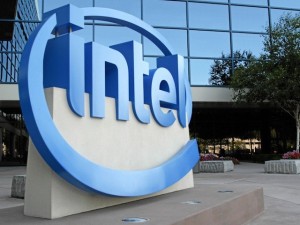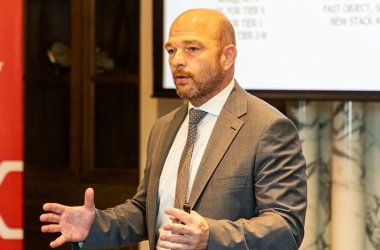 Intel expects that its workforce will decline by 5 percent as it heads into a year in which revenue is likely to be flat.
Intel expects that its workforce will decline by 5 percent as it heads into a year in which revenue is likely to be flat.
Intel announced its expectations for a decline in its workforce in the wake of its fourth quarter earnings report. The world’s largest chip maker said Thursday that it saw signs that the PC market is stabilising, and announced that fourth quarter profit was up 6 percent year over year, to US$2.6 billion, while revenue increased 3 percent to $13.8 billion.
The company said it had higher PC Client Group revenue, but that sales were hurt by slower growth in the Data Center Group.
The slump in the PC market was a drag on the company last year. Annual revenue declined 1 percent to $52.7 billion, while net income dropped 13 percent to $9.6 billion.
Intel forecast 2014 revenue and gross margins to be flat.
On Friday, the company said it expects to reduce its workforce by 5 percent in 2014.
“Intel will be aligning resources to meet the needs of the business this year,” according to a company statement. “This will include targeted workforce reduction in addition to realignment of resources.”
Intel noted that the usual rate of attrition in its staff is about 4 percent per year. A workforce reduction could be achieved though redeployments, voluntary programmes, retirements, and through attrition, the company said.
The company employed 108,000 people in the fourth quarter, according to a filing with the U.S. Securities and Exchange Commission. So a 5 percent decline in staff would mean a reduction of about 5,400 employees, leaving the company with a workforce of approximately 102,600.
Though Intel dominates the PC sector, it is working hard to play catch up in the tablet and mobile device market. Among other things, it is paying manufacturers to make up for the extra costs associated with using Intel Bay Trail chips, rather than processors from rival ARM.
“From time to time we change organisational priorities and this can lead to the need for different skill sets within various organisations,” the Intel statement said. “It can also mean that we reprioritise certain activities which can lead to movement of the work force from areas with little or slow growth to areas of growth as well as new businesses.”





